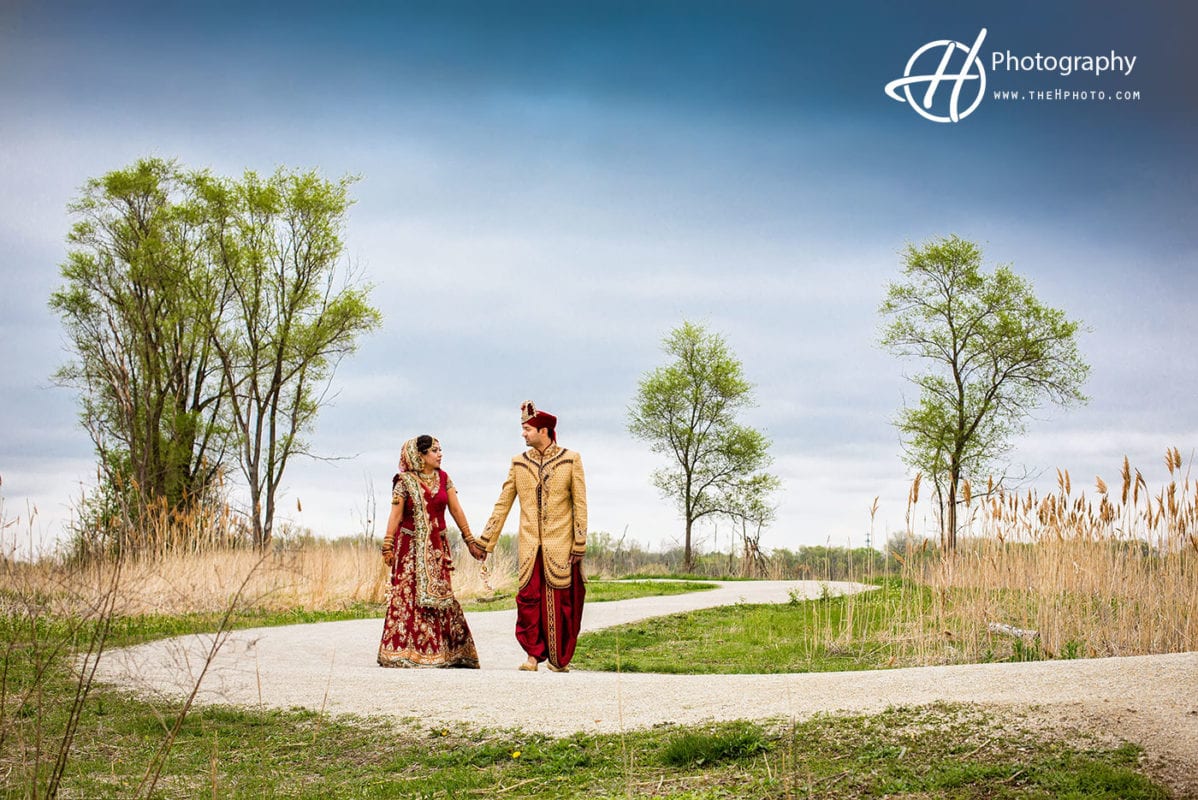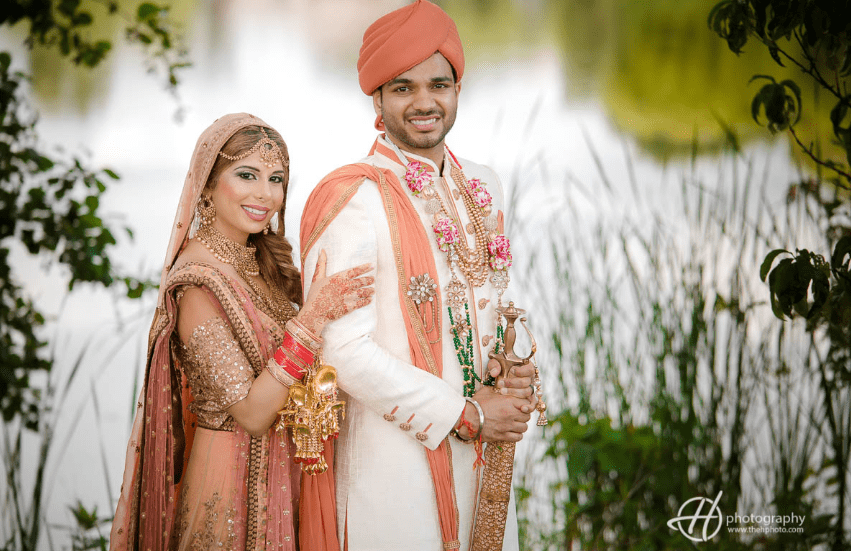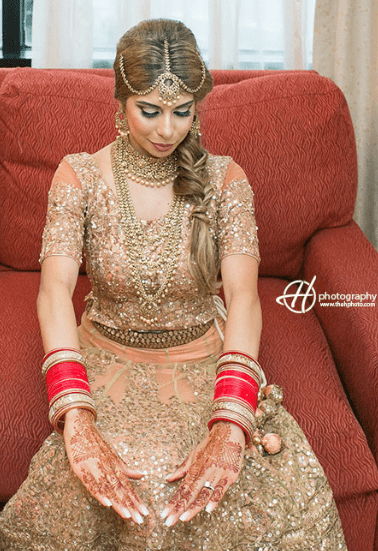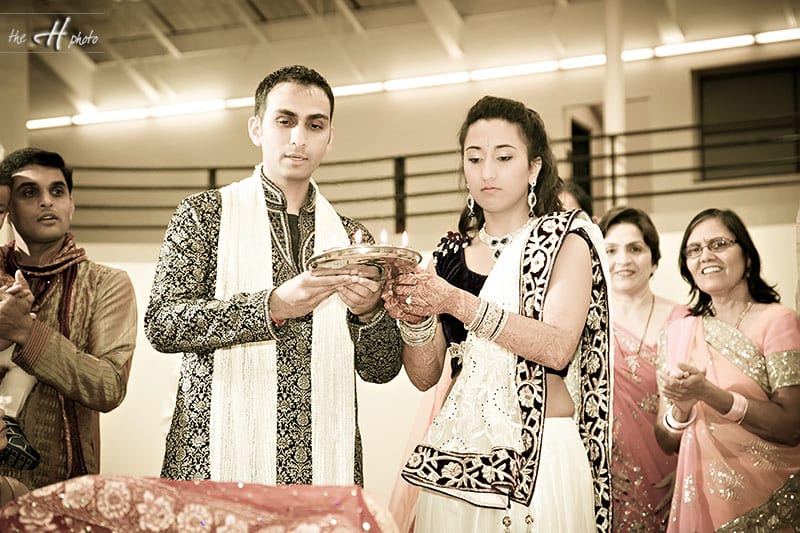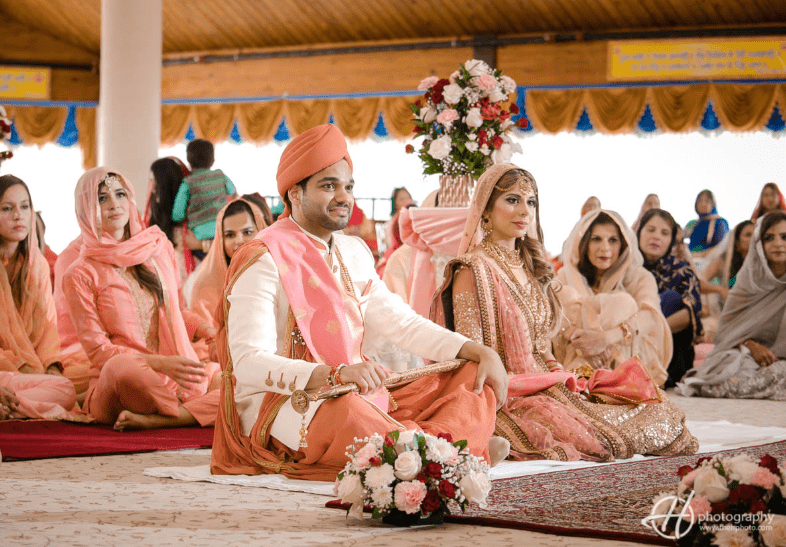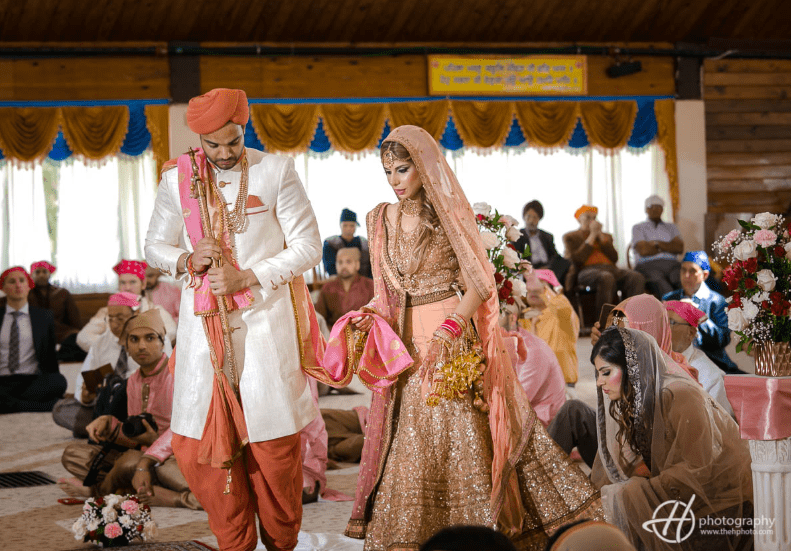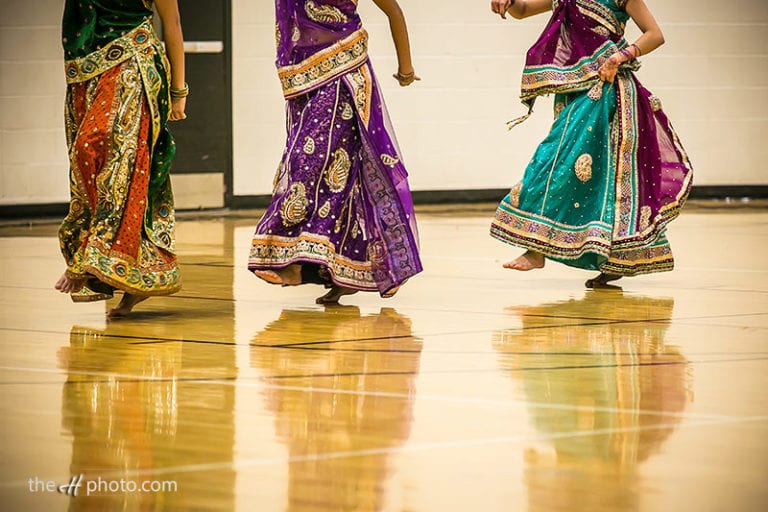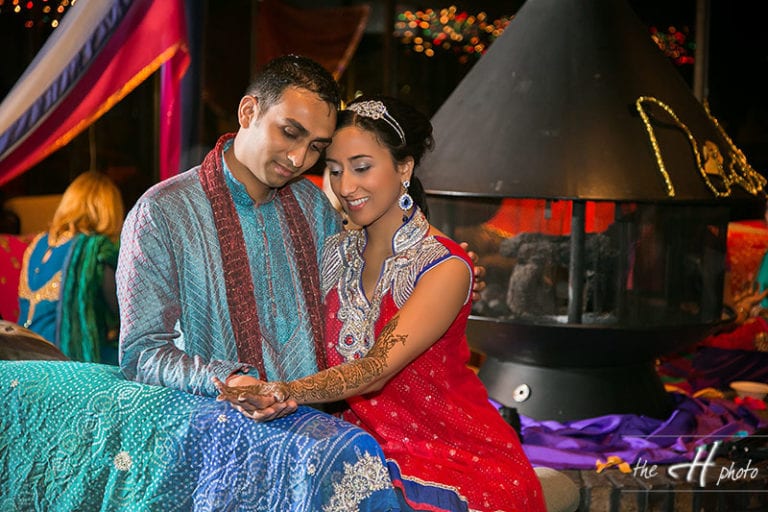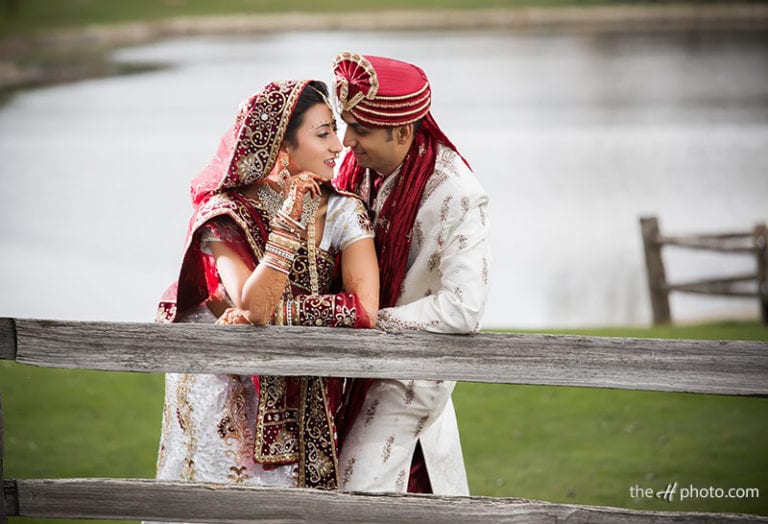An Indian Wedding is certainly a beautiful experience!
Heartfelt traditions, beautiful colors, unique attire; there are so many lovely details that come together to comprise such a gorgeous event. Known for their festive atmosphere and luxurious presentations, Indian weddings are far different from your typical all-white traditional wedding. That’s what makes them so wonderful to be a part of.
However, seeing as an Indian wedding presents a large array of traditions and rituals, it can seem all too overwhelming for the bride and groom to-be as they plan. But, it certainly doesn’t have to be.
We believe that the wedding planning experience should be well-enjoyed by the couple! That’s why we have comprised some tips to assist you with hosting your own authentic Indian wedding. Would you like to gain some great insight? If so, be sure to continue reading:
- Pre-Wedding Rituals: Many rituals will take place before the actual wedding ceremony begins. While these rituals aren’t a part of the big day itself, they are still incredibly important to the Indian culture, as they last about a week and create excitement and anticipation among family and friends.
- Pithi: Performed for good luck, the pithi ceremony is a ritual that the bride and groom conduct separately in their family homes. Pithi is a paste comprised of chickpea flour, rose water, and turmeric, which is applied on the skin of the bride and groom a few days prior to the wedding. This yellow paste is said to brighten and even the skin tone, so that the couple will glow beautifully on their big day.
- Mehndi. The Mehndi event is held the night before the wedding, and is a festive celebration full of color! Celebrated by the women on the bride’s side of the family, a Mehndi artist or relative will apply henna in intricate designs to the bride’s hands and feet, along with the other women in the family. The designs are said to symbolize beauty, spiritual awakening, joy, and offering.
- Wedding Ceremony. An Indian wedding ceremony is comprised of an array of religious rituals that unite the bride and groom and their families. It is important in the Indian culture to maintain close relationships with both immediate and extended families, as each family member plays a key role in making decisions in life.

- Baraat. The wedding ceremony begins once the groom arrives to the wedding ceremony on a horse, more formerly known as the baraat. The groom will be welcomed by his family and friends who will sing and dance around him to music that is usually played by a large bass drum player, known as a dhol.
-
- Milni. Once the baraat has commenced, the bride’s mother will then meet the groom with a welcoming ritual, known as milni. Relatives of both the bride and groom with then greet each other with garlands as they escort the groom to the mandap, which is the canopied altar where the ceremony is performed.
- Ganesh Puja. Once the groom has arrived at the altar, the wedding ceremony will then begin with a worship of Lord Ganesh, known as Ganesh Puja. The priest leads the groom to the bride’s parents as flowers, sweets, and prayers to Lord Ganesh are offered.
-
- Kanya Aagaman. Now, it is time for the arrival of the bride, who is escorted to the mandap by her maternal uncle and aunt, signifying the approval of the union.
- Jai Mala. After the bride has made her way to the mandap, the couple then exchanges floral garlands, which is known as the Jai Mala. This special event signifies their acceptance to one another.
- Kanyadaan & Hasta Melap. Once the couple has exchanged garlands, the bride’s father then pours sacred water into his daughter’s hand and places her hand in the groom’s hand, officially giving her away. The groom’s sister or cousin then ties the end of the groom’s scarf to the bride’s sari with betelnuts, which symbolizes unity, happiness, and prosperity.
-
- Vivah Havan. The priest now lights the sacred fire, which is known more formally as Vivah Havan. This symbolizes the presence as a witness of the ceremony, as the commitments made in the presence of the sacred fire are made in the presence of God.
- Mangal Phere. Once the fire is lit, the bride and groom then circle around it seven times, to represent the four aspirations in life: Dharma (duty to each other, God, and family), Artha (prosperity), Karma (passion and energy), and Moksha (salvation). Once the couple completes circling, they then race to see who will sit down first, as whoever wins is said to rule the house.
-
- Saptapadi. Now, the couple will take seven steps together, as each step represents a sacred vow:
- Live with respect for each other
- Develop a mental, physical, and spiritual balance
- Prosper, gain wealth, and share accomplishments
- Acquire happiness, harmony, and knowledge through love
- Raise strong children
- Be faithful
- Remain lifelong partners and achieve salvation
- Saptapadi. Now, the couple will take seven steps together, as each step represents a sacred vow:
-
- Mangalsutra. The groom then offers his bride lifelong protection by placing a mangalsutra among her neck, which is a necklace comprised of black and gold beads. In addition, he will also apply red vermillion powder, also known as sindoor, to the crown of her forehead. These two offerings signify that she is now a married woman. The bride and groom also exchange rings at this time.
- Aashirvaad. The couple then bows down to the priest, their parents, and elder relatives, to receive their final blessings. In addition, the guests shower the couple with rice and flowers as a way to bless them and wish them a long and happy marriage, known as the aashirvaad.
An Indian wedding is certainly and event to remember! As each ritual is truly heartfelt. These are just a few tips to assist you with hosting your own Indian wedding, in hopes that your celebration is a beautiful experience.
Here is one of most beautiful Indian Wedding In Chicago Area.


